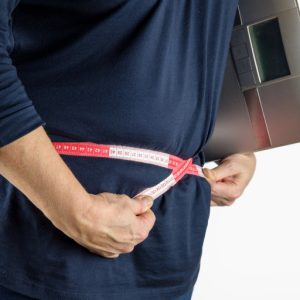Astronauts and jet pilots regularly go into extreme situations that affect their health. To improve the safety of future expeditions, the German Aerospace Center (DLR) is funding a series of studies starting in 2020 on how weightlessness can affect the central microcirculation. Under the project management of Prof. Dr. Dr. med. Christian Jung, senior physician at the University Clinic for Cardiology, Angiology and Pneumology in Düsseldorf, DLR is cooperating for the analysis with the medical technology manufacturer Imedos Systems, among others. With the help of the “DVA” device developed by the company, high-precision image recordings of the participants’ ocular fundi are made and analyzed during parabolic flights. In this way, direct statements can be made about the behavior of the retinal vessels before, during and after weightless situations.
Dr.-Ing. habil. Walthard Vilser, Managing Director of Imedos Systems GmbH, welcomes the cooperation: “The goal of the planned project is to better understand the physiological adaptation processes of humans in so-called borderline situations. We are pleased that our Dynamic Vascular Analysis system can serve the health of crew members before, during and after space missions and flight maneuvers in weightlessness.” Imedos is one of six partners supporting DLR’s project. Repeatedly, pilots and astronauts have been shown to have problems with their blood flow after returning to Earth. The planned project “Changes in the central microcirculation in weightlessness” focuses on the blood flow in vessels whose diameter is smaller than 100 micrometers. This should make it possible to better describe the conditions to which the human circulation is exposed in space. The flight maneuvers and associated tests are scheduled for 2020. In preparation for the tests, Prof. Dr. Dr. Jung’s team conducted a detailed analysis of the influence of weightlessness on the part of the blood circulation that takes place in the large vessels such as the arteries. Participants were weightless for about 20 seconds during the parabolic flights performed for this purpose. In the accompanying studies, a relevant influence on the macrocirculation was found. The findings are now to be transferred to the microcirculation. The aim is to test whether the applied diagnostic tools for the retinal microcirculation (also with regard to long-term stays) can improve the safety of future missions.








